In an industry that often preaches diversity while perpetuating narrow standards, Onella Muralidharan is a bold and refreshing voice. The Australian model of South Asian heritage, who lives with vitiligo and proudly identifies as plus-sized, is on a mission to challenge and reshape how beauty is defined. Her journey speaks not only to the power of self-acceptance but also to the glaring gaps in true inclusivity within mainstream media.
“For the longest time, I didn’t think I belonged in this space,” says Onella. “I grew up rarely seeing anyone who looked like me – brown skin, a visibly different body, or vitiligo – on runways or in campaigns. It felt like the industry was saying, ‘You don’t exist.’”
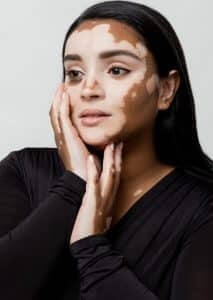
Growing up, Onella was always encouraged to model by her loved ones, but only took the plunge when things started getting stressful at university and work.
“My friends and family told me you should model and my reply back was always, I’m not a model. I’m short, I’m 5 feet, I’m curvy, and I have a very apparent skin condition, that’s not what a model is,” Onella explained.
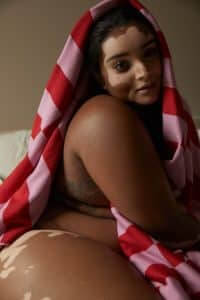
“A few years later, in the middle of my degree I applied for an agency but accidentally applied for their unsigned model search competition and won! So, that propelled me into the industry,” she elaborated.
Having modelled multiple times for Australian Fashion Week, Melbourne Fashion Week and brands such as The Iconic, Proud Poppy Clothing, Target Australia, and most recently, the L’oreal Paris runway in Sydney, Onella Muralidharan has earned herself an impressive portfolio.
However, despite strides in representation, Onella believes there’s still a long way to go. While brands now showcase models of varied ethnicities and sizes, the approach often feels performative rather than transformative.
“There’s this illusion of inclusivity,” she explains. “But even in the plus-sized category, we’re still seeing curated versions of what’s acceptable: thick thighs, a big chest, and a round bum. Where are the models with visible bellies, heavier arms, or double chins? That’s real life.”
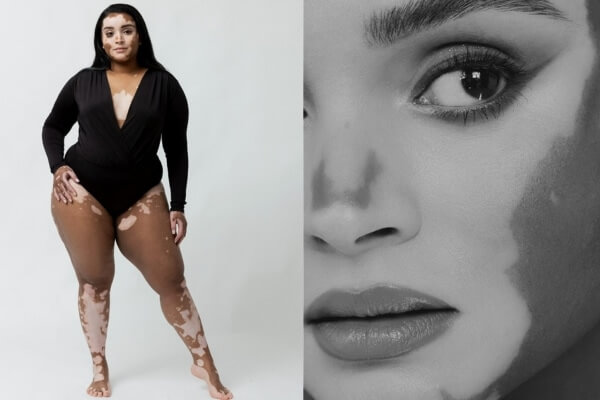
This lack of authenticity is not only limiting but regressive. Onella points out that the modelling industry is dangerously close to undoing the progress it has made.
“It’s frustrating to see diversity being treated as a trend rather than a standard,” she says. “And when something isn’t trendy anymore, it disappears. That’s the danger we’re facing now.”
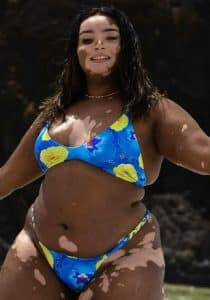
Onella’s personal experiences highlight just how far the industry still has to go. She reveals that she’s been turned away from jobs because she no longer fits the fantasy that brands want to sell.
“Brands cater to sizes between 10 and 14, which is not the average Australian size,” she explains. “Being a girl wearing sizes 16 and 18, I feel like the industry is regressing. Instead of moving forward, it’s retreating to a limited view of what’s acceptable.”
For Onella, representation goes beyond just visuals. It’s about creating meaningful change and fostering an environment where people feel seen and valued for who they are, not just what they look like.
“Having someone like me in a campaign isn’t just about my face or body being there – it’s about breaking stereotypes. It’s about showing that you don’t need to conform to one type of beauty to feel beautiful.”
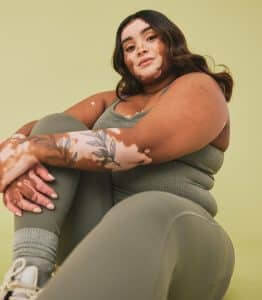
However, Onella also acknowledges the systemic barriers that keep many marginalised voices out of the industry.
“A lot of brands are still hesitant to take risks,” she shares. “They want to be inclusive, but they also want to sell a fantasy. The moment you step outside that fantasy, they hesitate.”
In the face of these challenges, Onella has found new avenues to amplify her voice and sustain herself financially. She credits her work as a content creator as a vital part of her journey.
“Being a YouTuber has helped me a lot because I can earn money somehow. It’s given me a platform to share my story and connect with people who understand what I’m going through,” she says.
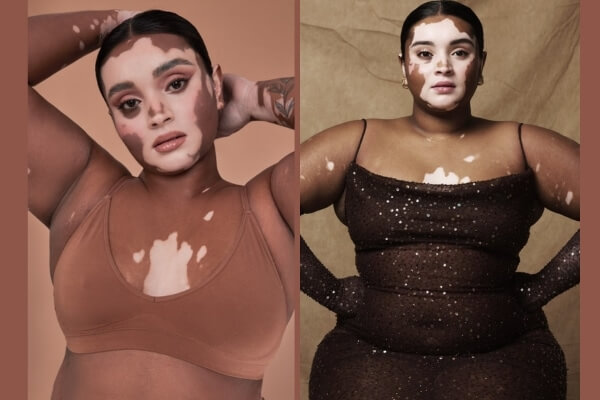
As someone who has carved a space for herself in a world that often overlooks people like her, Onella Muralidharan remains hopeful yet grounded.
“The industry has room to grow, but growth doesn’t happen without discomfort,” she concludes. “We need to start asking hard questions and demanding better, not just for models but for the millions of people who look to these images for a sense of belonging.”
READ MORE: Rock Melan: accepting our melanin and ‘rocking it’




